Table of Contents
Exposure When Shooting Bright Scenes
Different subjects have different intensity of reflected light. When shooting bright scenes and dark scenes, exposures cannot be the same under certain lighting conditions. Generally, when shooting dark scenes, increase the exposure by one level than bright scenes.
What is a bright scene? Such as the seashore, snow, milky white buildings, people wearing light-colored clothing, etc., can be viewed as bright scenes. A gray scene can be viewed as a generally bright scene. Scenes under the shade of trees, dark buildings, and people wearing dark or dark red and dark green clothing can be viewed as dark scenes.
This kind of bright and dark performance is often not very obvious. When the photographer controls the exposure, he must learn to grasp the subtle changes in the light and shade of the actual scene and treat them differently.
Backlight photos should increase 1-2 levels of exposure than side-light photos, and side-light photos should increase 1-2 levels of exposure than forward light photos. For example: forward light takes pictures with 1/125 second, 8 aperture. For side-light photography, if the light conditions remain unchanged, you should switch to 1/60 second, 8 aperture, or 1/125 second, 5.6 aperture. Use a slower shutter speed or a larger aperture for backlit photos.
There are many factors to be considered in order to master accurate exposure. So when you hold a camera and choose an exposure combination, you should calmly compare the above factors and choose a set of exposure combinations. Don’t face the subject, get excited for some reason, choose the exposure combination and lose sight of the other, causing the exposure mistake and regret it.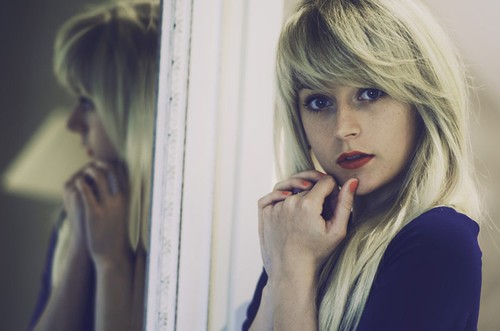
Exposure for Indoor Natural Light Photography
In indoor natural light photography, it is difficult to master accurate exposure. Indoor natural light includes the light that is directly injected into the room through doors and windows, the light that is reflected into the room, and the original light in the room. How to get accurate exposure when taking pictures in indoor natural light? In this section, we will discuss the various factors that affect indoor natural light photography and the basic methods of indoor natural light photography.
Factors Affecting Indoor Natural Light Photography
We’ve covered the various factors that affect accurate exposure outdoors, and the same applies to indoor natural light photography. However, there are some unique factors that affect indoor natural light photography, such as: the influence of sunlight on indoor direct sunlight and reflection, the influence of the number of doors and windows, size and opening direction of the house, etc. Taking pictures in such an environment, in order to be successful, the photographer needs to shoot more, experiment more, and accumulate more experience. If you can use the light meter as a staff, you will have a greater grasp of accurate exposure.
When shooting indoors, artificial lighting is often required due to limited light. In this case, mixing light sources with different color temperatures should be avoided. Indoors with low natural light, the aperture used is generally larger and the shutter speed is slower. Therefore, the photographic equipment used can choose a camera with a larger aperture and a B-door device. Photosensitive film can choose ISO200/24° or ISO400/27° fast film, as far as possible equipped with tripod and shutter release.
Indoor natural light is limited by the number, size and opening direction of doors and windows, so when determining the exposure combination, the photographer should fully observe and consider these conditions, and also pay attention to the influence of outdoor weather.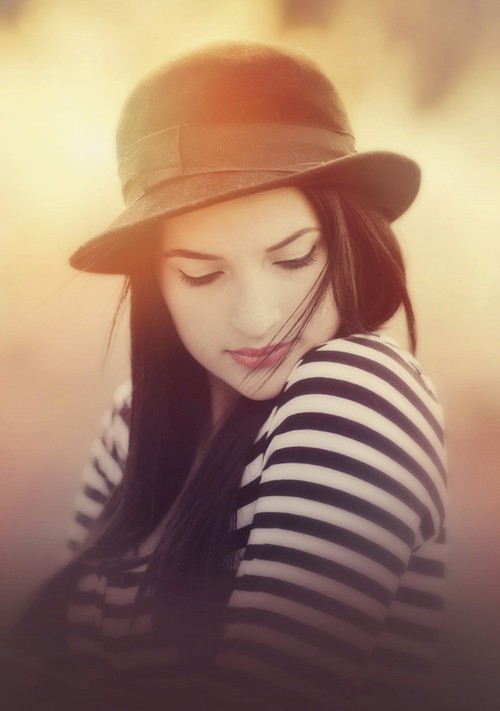
Features of Indoor Natural Lighting
Another feature of indoor natural lighting is that the subject is bright on the light-receiving side and dark on the back. The contrast between light and dark is very strong. Therefore, if you are shooting moving subjects indoors, try to adjust them near the doors and windows to reduce this contrast.
When moving the subject, pay special attention not to place half of it in direct light and the other half in a place without direct light, so as to avoid a half-dark and half-bright picture. When necessary, curtains and white paper can be used to block the light directly entering the room, so that the light can be as soft as possible.
If the subject is light in color, its brightness should be higher than that in darker color, so the exposure can be less. Different materials have different reflective properties. For those with strong reflective ability, the exposure can be reduced; for those with weak reflective ability, the exposure should be increased.
Notes for Indoor Natural Light Shooting
In photography practice, the photographer can shoot with a light-colored subject in front of a dark background, or shoot with a dark-colored subject in front of a light-colored background. This will make some weakly lit subjects stand out from the frame. Use a fluorescent lamp indoors and place the subject in front of a dark background to make the person stand out.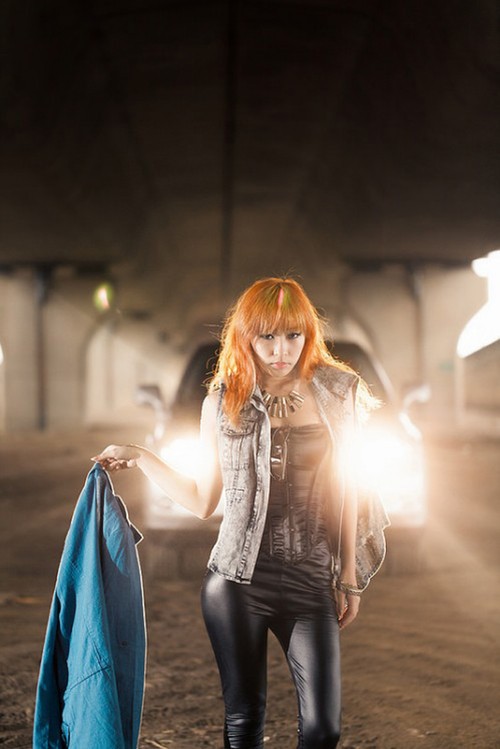
Use indoor natural light to take pictures, pay attention to the direction of the light source, generally it is better to use side light or forward light. If you use backlight to shoot medium shots and close-ups, you should not choose the window as the background, because the contrast of the light ratio is too large, which will cause the color temperature to lose balance. If you must shoot against the light, you must fully consider the shooting effect. Is it a photo with a silhouette effect, or is it required to reproduce the details of the subject? If it is the latter, the photographer should add auxiliary light, or use a reflective object, or increase the exposure by 3 to 4 stops.
Exposure for Artificial Light Photography
Artificial light photography refers to the use of artificial light sources for indoor photography, such as iodine tungsten lamps, spotlights, ordinary lights, etc.
Taking pictures with artificial light sources, if you need to accurately control exposure, the factors to consider are:
The brightness of the artificial light source is determined by the number of lights, the level of illumination, and the distance of the subject from the lights. There are also factors such as the ability of the subject to reflect light, the influence of the surrounding environment, etc.
If it is a certain light distance and aperture, 100 watt light, the exposure takes 1/30 of a second, switch to a 200 watt light, and the exposure takes only 1/60 of a second. This shows how many times the lumen of the lighting light is increased, and how much the exposure time can be reduced accordingly.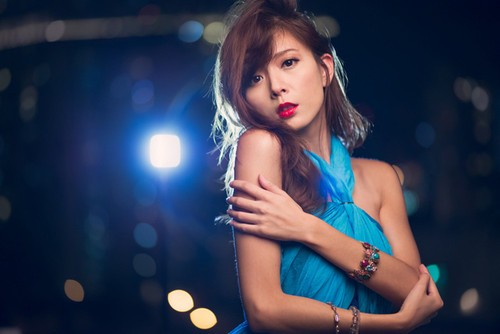
The distance of the subject from the light determines the amount of exposure. To estimate accurately, apply the inverse square law calculation. If the distance between the subject and the light is changed from 5 meters to 1 meter, the light received by the subject is increased by 25 times, and the exposure should be reduced to 1/25 of the original.
Lighting for Artificial Light Photography
Using artificial light photography, mastering accurate exposure is only one aspect, it also has a problem of how to set the light. In color photography, there is also the issue of the color of artificial light. In general, artificial light can impart color casts to daylight-type color films.
How to master accurate exposure when using artificial light photography, the above is just a hint, and you need to experience it in practice. When there is a certain amount of experience accumulated, it is not difficult to accurately grasp the exposure.
Flash Flash is an artificial light source commonly used by photographers. It is easy to carry and use, and is not limited by day and night and space.
General Performance of Flash
With the development of modern technology, flashlights are becoming more and more perfect, and there are more and more types of flashlights. No matter what kind of flash it is, from its appearance, it generally has two parts: power supply and flash. The power supply part consists of batteries, transformers and capacitors. The flash part includes flash tube and fixed reflector, light handle, switch and other components.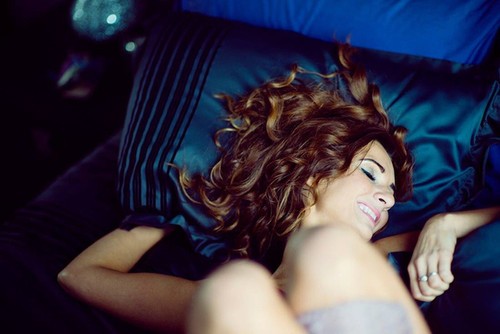
At present, the flash tube of the flash can flash multiple times, so it is also called a thousand-time flash. The flash has been continuously improved, becoming lighter and lighter, and also increased the photosensitive sensor device, special color film, etc., and the functions have gradually increased. Some can automatically control the light output of the flash, and adjust the output light output arbitrarily. Some flashes can adjust the beam angle it emits to adapt to the different lighting needs of wide-angle lenses, standard lenses and medium-telephoto lenses.
Light Characteristics of Flash
Generally, the flash is designed with the light required for taking pictures with a standard lens. It emits a beam angle of 50 degrees. The duration of the flash varies from light to light, some on and off time can be as short as 1/5000 second, and some can be as long as 1/120 second, which can basically meet the needs of all levels of shutter speeds in the mirror.
Using a photosensitive control circuit flash composed of integrated circuits and blue silicon transistors, it can also control the amount of light emitted by the flash according to changes in the shooting distance and the strength of the subject’s reflective ability. The distance is short, the reflection ability is strong, and the flash time is short. The longer the distance, the weaker the reflection ability, and the longer the flash time on and off.
In short, the 10,000-time flash has the characteristics of bright, strong adaptability, wide application, high speed, economical and convenient, and is widely used by many photographers.
The light characteristics of the flash are:
①High brightness,
②The direction is controlled by the photographer,
③ The color of the light is similar to that of sunlight.
